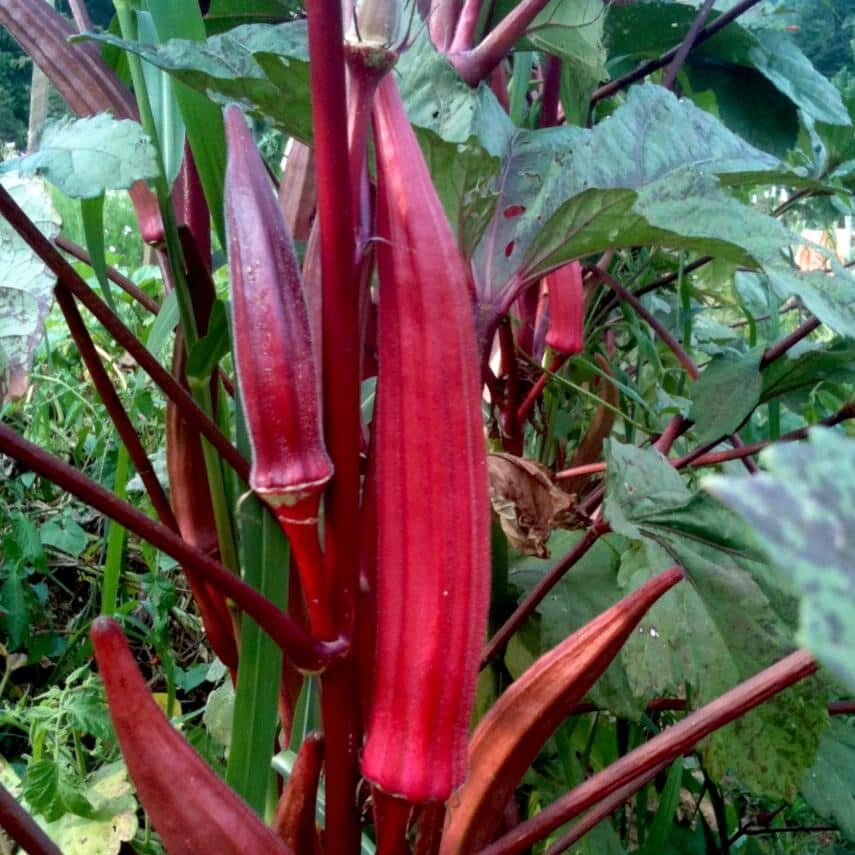Broccoli is a hardy, cool-season vegetable bringing colorful green nutrients to the table. Broccoli is part of the Cole Crop family, which also includes cabbage, kohlrabi, kale and more.
Before Planting: Broccoli prefers a well-drained, fertile soil high in organic matter, and a pH of 6.0–7.5 with a consistent supply of moisture throughout the growing season. Irrigate regularly for best results. Broccoli does not generally do well in the summer. The best success is with spring and fall crops. Broccoli prefers cooler growing temperatures, between 55–75°F but will produce good crops under warmer, summer conditions.
ey Attributes
Sun:
Full Sun / Partial Shade
Packet:
100 Seeds
Days To Maturity (# Days):
57
Botanical Name:
Brassica oleracea
Product Details
Growing Instructions
Learning Download: How to Grow Broccoli
Broccoli is a hardy, cool-season vegetable bringing colorful green nutrients to the table. Broccoli is part of the Cole Crop family, which also includes cabbage, kohlrabi, kale and more. It can be grown twice a year, in the late spring and the fall.
Before Planting: Broccoli prefers a well-drained, fertile soil high in organic matter, and a pH of 6.0–7.5 with a consistent supply of moisture throughout the growing season. Irrigate regularly for best results. Broccoli does not generally do well in hot weather. The best success is with spring and fall crops.
Watering: Broccoli likes cool soil, so adding grass clippings around the plants helps. Also, water deeply and often. When watering broccoli, do not get water on the developing heads. Some varieties of broccoli are heat tolerant, but still require adequate watering, such as 1 to 1.5 inches of water per week.
Days to Maturity: Broccoli is ready to harvest when florets are tightly closed in the center but begin to loosen slightly around the edges. (50-80 days)
Harvesting: Before flower buds open, cut center head. Harvest secondary side shoots regularly to encourage continued production. If buds begin to show a yellow color, harvest immediately.
Tips: Repel flea beetles and root maggots on young seedlings by covering with floating row covers from day of planting. Treat flea beetles with pyrethrin or azadirachtin if heavy pressure is observed. For cabbage worms and loopers, use Bacillus thuringiensis (Bt.).
AVG. Seeding Rate: 1,000 seeds/83′, 50,000 seeds/acre spaced 7? apart in rows 18? apart.














Reviews
There are no reviews yet.